Home>Interior Design>How To Make A Narrow Room Look Wider: 8 Tricks Designers Use
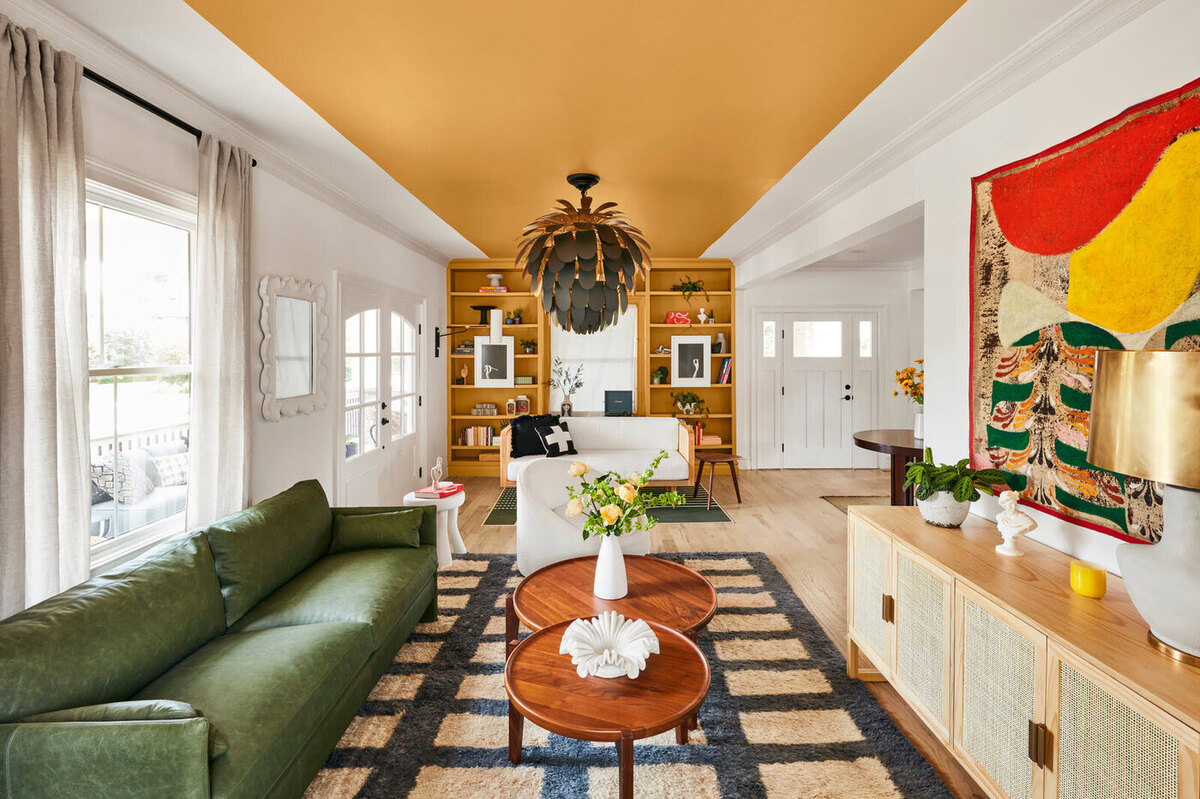

Interior Design
How To Make A Narrow Room Look Wider: 8 Tricks Designers Use
Modified: February 24, 2024
Learn how interior designers use 8 smart tricks to make narrow rooms appear wider. Transform your space and create the illusion of width with these proven techniques.
(Many of the links in this article redirect to a specific reviewed product. Your purchase of these products through affiliate links helps to generate commission for Storables.com, at no extra cost. Learn more)
Introduction
Having a narrow room can present some design challenges, but with the right tricks and techniques, you can create the illusion of a wider space. Whether you have a small living room, a narrow hallway, or a compact bedroom, there are various strategies that interior designers use to make these spaces feel more spacious and inviting.
In this article, we will explore eight design tricks that professionals use to make a narrow room look wider. From creating the illusion of depth with color choices to utilizing strategic lighting, these tips will help you transform your narrow room into a visually appealing and functional space.
So if you’re ready to make the most of your limited square footage, let’s dive in and discover how you can make a narrow room look wider!
Key Takeaways:
- Create the illusion of space in a narrow room by using light and neutral colors, maximizing natural light, and strategically placing mirrors. Opt for slim furniture and incorporate vertical design elements to enhance the perceived width of the room.
- Utilize visual illusions, such as contrasting colors and optical patterns, to trick the eye and make a narrow room appear wider. Additionally, strategically placing lighting fixtures can enhance the ambiance and create a sense of openness.
Choosing the Right Colors
One of the most effective ways to make a narrow room look wider is through the strategic use of color. By selecting the right colors for your walls and furnishings, you can create the illusion of a more expansive space. Here are a few tips to keep in mind:
- Light and Neutral Shades: Opt for light and neutral shades, such as whites, creams, and pastels. These colors reflect light, making the room feel brighter and more open. Avoid dark colors, as they tend to absorb light and make the space feel smaller.
- Monochromatic Color Scheme: Consider using a monochromatic color scheme by choosing variations of the same color for your walls, furniture, and accents. This creates a cohesive and seamless look, giving the impression of a larger and uninterrupted space.
- Contrasting Accents: Add visual interest to the room by incorporating a few contrasting accents. For example, if you have light-colored walls, you can use darker furniture or accessories to create depth and dimension.
- Vertical Stripes: Another way to elongate a narrow room is by using vertical stripes. Paint a feature wall with vertical stripes or choose striped wallpaper to draw the eye upward and create the illusion of height.
- Color Continuity: If your narrow room connects to other spaces, maintaining color continuity can help create a sense of flow and openness. Use colors that complement each other throughout the different rooms to visually expand the space.
Remember, the goal is to create an airy and spacious feel, so stick to lighter shades and carefully consider the color combinations you use in your narrow room.
Maximizing Natural Light
Natural light can instantly make a narrow room feel more open and airy. By allowing as much natural light as possible to enter the space, you can create the illusion of a wider room. Here are a few tips to maximize natural light:
- Window Treatments: Opt for light and sheer curtains or blinds that allow plenty of sunlight to enter the room. Avoid heavy drapes or thick blinds that can block natural light.
- Keep Windows Clear: Make sure to keep windows clean and unobstructed. Remove any furniture or objects that may block the path of sunlight. You can also trim back any outdoor foliage that may be obstructing the view and natural light from entering the room.
- Use Mirrors: Place mirrors strategically opposite or next to windows to reflect and amplify the natural light. This not only brightens the room but also creates the illusion of more space.
- Light-Colored Flooring: Consider using light-colored flooring materials, such as light wood or pale tiles, to help reflect natural light and make the room appear brighter.
- Minimize Window Coverings: If privacy is not a concern, consider using minimal or no window coverings to allow maximum light to flow into the room.
- Trim Trees and Shrubs: If you have outdoor greenery near your windows, make sure to trim them regularly to prevent them from blocking sunlight. Prune any overgrown branches or foliage that may obstruct the natural light.
By optimizing the amount of natural light that enters your narrow room, you can create a bright and expansive environment that feels much larger than it actually is.
Using Mirrors Strategically
When it comes to making a narrow room look wider, mirrors can be your best friend. They have the magical ability to reflect light and create the illusion of more space. Here are some tips on how to strategically use mirrors to maximize the perceived width of your room:
- Place Mirrors opposite Windows: Positioning a mirror directly across from a window helps reflect natural light and gives the impression of an expanded space. This trick not only brightens the room but also creates a sense of depth.
- Use Full-length Mirrors: Incorporating full-length mirrors in a narrow room can be a game-changer. Placing one on a wall adjacent to a window can bring in more light and make the room feel larger.
- Create Mirror Galleries: Instead of using a single mirror, you can group several mirrors together to create an engaging visual impact. Arrange them in different shapes and sizes to add interest and make the room feel more spacious.
- Strategic Placement: Experiment with different locations for mirrors to find the best angle for reflecting light and expanding the room. Consider placing mirrors on walls opposite doorways or in areas where they can capture and enhance the natural light.
- Mirror Accents: In addition to wall mirrors, you can also incorporate mirrored accents such as mirrored furniture, mirrored frames, or mirrored decorative objects. These reflective surfaces can create a sense of openness and add a touch of elegance to the room.
- Mirrored Backsplash: If you have a narrow kitchen or bathroom, installing a mirrored backsplash can visually extend the space. The reflective surface will bounce light around the room and make it appear wider.
By incorporating mirrors strategically, you can significantly enhance the perceived width and brightness of your narrow room. Experiment with different mirror placements and sizes to find the arrangement that works best for your space.
Opting for Slim Furniture
When dealing with a narrow room, it’s essential to choose furniture that is proportionate to the space and doesn’t overpower it. Opting for slim and streamlined furniture pieces can help create a sense of openness and prevent the room from feeling cramped. Here’s how you can make the most of your furniture selection:
- Measurements Matter: Before purchasing furniture, measure your room to determine the maximum size of furniture you can accommodate without overwhelming the space. Consider the width, depth, and height of each piece to ensure a good fit.
- Downsize: Be mindful of the scale and proportions of your furniture. Look for pieces that are compact and have slim profiles. Avoid bulky or oversized furniture, as it can make the room feel crowded and congested.
- Multipurpose Furniture: Consider furniture that serves multiple functions, such as a storage ottoman or a sofa bed. These versatile pieces can help you maximize space and eliminate the need for extra furniture.
- Open Leg Design: Furniture with open leg designs, like sofas and chairs with exposed legs, can create a visual openness by allowing light to pass underneath. This gives the illusion of more floor space and makes the room appear larger.
- Minimalist Approach: Embrace a minimalist design aesthetic by opting for simple and clean-lined furniture. Avoid intricate details or excessive ornamentation that can visually weigh down the room.
- Clear or Glass Furniture: Consider incorporating transparent or glass furniture pieces, such as acrylic chairs or glass-top tables. These pieces create visual transparency and give the illusion of more space.
- Wall-Mounted Options: To free up floor space, consider utilizing wall-mounted furniture, such as floating shelves or wall-mounted desks. These space-saving solutions can add functionality without compromising the room’s width.
By choosing slim and well-proportioned furniture, you can optimize the flow and functionality of your narrow room. Remember, less is often more when it comes to furnishing a limited space.
Use light, neutral colors on walls and floors to create a sense of openness. Avoid heavy, dark furniture and instead opt for sleek, low-profile pieces to maximize space.
Read more: How To Make Narrow Stairs Wider
Creating a Focal Point
In a narrow room, creating a well-defined focal point can draw the eye away from the room’s narrowness and add visual interest. A focal point serves as a distraction and can make the room feel more balanced and inviting. Here are some ideas for creating a focal point:
- Feature Wall: Designate one wall in your narrow room as a feature wall by using a bold paint color, textured wallpaper, or a decorative wall panel. This will immediately grab attention and give the room a focal point.
- Statement Piece: Incorporate a standout piece of furniture or artwork that draws the eye. It could be a vibrant sofa, a unique piece of sculpture, or a large art print. This focal point will anchor the space and create a sense of purpose.
- Accent Lighting: Use lighting to highlight your focal point. Install track lighting or wall sconces that can be directed towards the focal area. This will not only illuminate the feature but also create depth and visual intrigue.
- Artwork Gallery: If you’re a fan of art, create a gallery wall in your narrow room. Group several framed artworks or photographs together to form a captivating focal point. This arrangement will serve as a conversation starter and give the room personality.
- Fireplace: If you have a fireplace in your narrow room, it can become the natural focal point. Highlight it by adding a decorative mantel, painting the surrounding wall in a contrasting color, or using eye-catching accessories.
- Statement Rug: Lay down a large and visually captivating rug that anchors the space and draws attention. Choose a patterned or textured rug that complements the overall design of the room and adds visual interest.
- Vertical Elements: Incorporate vertical design elements such as floor-to-ceiling bookshelves or a tall indoor plant. These elements not only add visual height but also create a focal point that guides the eye upward.
By creating a focal point in your narrow room, you can divert attention from its narrowness and give the space a visually appealing centerpiece. Experiment with different ideas and choose a focal point that reflects your personal style and enhances the overall ambiance of the room.
Vertical Design Elements
Vertical design elements play a crucial role in making a narrow room appear wider. By drawing attention upwards and creating a sense of height, these elements visually expand the space and balance out the narrowness. Here are some ideas on how to utilize vertical design elements:
- Vertical Stripes: Paint vertical stripes on the walls or use wallpaper with vertical patterns. This technique creates the illusion of height and elongates the walls, making the room feel more spacious.
- Floor-to-Ceiling Bookshelves: Install tall bookshelves that reach from the floor to the ceiling. This not only provides ample storage but also draws the eye upwards, creating a sense of verticality.
- Tall Furniture: Incorporate tall furniture pieces, such as floor lamps, high-backed chairs, or bookcase units. These vertical elements will add visual interest and make the room feel less boxy.
- Hanging Curtains: Hang curtains closer to the ceiling to create the illusion of height. Make sure the curtains reach the floor to emphasize vertical lines and give the room an airy feel.
- Vertical Artwork: Hang vertically-oriented artwork on the walls to draw attention upwards. This can be a series of vertically aligned paintings, a tall sculpture, or a statement vertical mirror.
- Tall Mirrors: Hang floor-length or vertically-oriented mirrors to add height to the room. The reflective surface will also bounce light around the space and make it feel brighter and more expansive.
- Vertical Decorative Accents: Incorporate tall vases, floor plants, or decorative screens that add verticality to the room. These accents break up the horizontal lines and create a dynamic visual impact.
By incorporating vertical design elements, you can visually lift the height of your narrow room and create a more balanced and spacious feel. Experiment with these ideas and find the combination that works best for your space and personal style.
Utilizing Visual Illusions
When it comes to making a narrow room look wider, visual illusions can be powerful tools. By manipulating perception and tricking the eye, you can create the illusion of more space. Here are some techniques for utilizing visual illusions in your narrow room:
- Use Light and Dark Contrast: Create contrast by painting the shorter walls or the end of the room a slightly darker color than the longer walls. This contrast helps give the illusion of depth and visually expands the space.
- Hang Curtains Wide: Hang curtains wider than the actual window frame. This extends the visual width of the window and creates the illusion of a wider room. Opt for light-colored or sheer curtains that allow more light through.
- Install Floor-to-Ceiling Mirrors: Install floor-to-ceiling mirrors on one or more walls in the narrow room. This reflects light and gives the illusion of more space. Placing them perpendicular to a window will help bounce light and make the room brighter.
- Optical Illusion Patterns: Incorporate optical illusion patterns on a feature wall or with accessories. These patterns, such as herringbone, chevron, or geometric designs, can create a sense of movement and expand the visual boundaries of the room.
- Hang Artwork Strategically: Hang artwork lower on the walls to reduce the emphasis on the narrow width of the room. This technique helps draw the eye downwards and can make the walls appear longer.
- Linear Lighting: Install linear lighting fixtures, such as recessed lights or track lighting, along the longer walls of the room. The placement of these lights creates a visually elongated effect, making the room appear wider.
- Mirror the Symmetry: Create symmetry in the room by placing identical furniture or accessories on each side. This symmetry tricks the eye into perceiving the space as wider and more balanced.
By utilizing visual illusions, you can manipulate perception and make your narrow room appear wider and more spacious. Experiment with these techniques while considering the overall design and functionality of your space.
Strategic Placement of Lighting
Lighting plays a crucial role in the overall ambiance and perceived size of a room. In a narrow space, the strategic placement of lighting can help create an illusion of space and make the room feel wider and more inviting. Here are some tips for effectively using lighting in a narrow room:
- Natural Light: Maximize natural light by keeping windows clean and unobstructed. Remove any heavy curtains or blinds that may block the light from entering the room. Consider using sheer or light-colored window treatments that allow ample natural light to filter through.
- Overhead Lighting: Install ceiling-mounted or recessed lights in the center of the room to evenly distribute light. This creates a sense of balance and eliminates dark corners, making the room feel more open and spacious.
- Task Lighting: Incorporate task lighting in specific areas of the room, such as over a workspace or reading nook. By providing targeted lighting, you can visually define different zones within the narrow room and enhance functionality.
- Wall Sconces: Install wall sconces on the longer walls of the room to add ambient lighting and create a visually elongated effect. Place them at eye level or slightly above to enhance the sense of verticality.
- Floor Lamps: Use floor lamps strategically to create visual interest and draw attention to specific areas. Place them near seating areas or next to taller furniture pieces to add depth and dimension.
- Track Lighting: Install track lighting along the longer walls to highlight artwork or architectural features. This technique draws the eye along the walls, making them appear visually extended.
- Dimmer Switches: Install dimmer switches for overhead and ambient lighting to adjust the brightness according to the desired mood and occasion. This flexibility allows you to create an intimate and cozy atmosphere while still maintaining functionality.
By strategically placing lighting fixtures and utilizing different types of lighting, you can enhance the perceived width of your narrow room. Experiment with different lighting combinations to find the perfect balance between functionality and aesthetics.
Conclusion
Designing a narrow room to appear wider requires thoughtful consideration and the use of various techniques. By implementing the strategies discussed in this article, such as choosing the right colors, maximizing natural light, using mirrors strategically, opting for slim furniture, creating a focal point, incorporating vertical design elements, utilizing visual illusions, and strategically placing lighting, you can transform your narrow room into a visually spacious and inviting space.
Choosing light and neutral colors, maximizing natural light, and strategically using mirrors are effective ways to create the illusion of a wider room. Opting for slim furniture and creating a focal point not only adds functionality but also draws attention away from the narrowness of the space. Incorporating vertical design elements, such as stripes or tall furniture, can visually lift the height of the room and create a sense of balance.
Utilizing visual illusions, such as contrasting colors or optical patterns, can also help create the perception of a wider room. Additionally, strategically placing lighting fixtures throughout the space can enhance the ambiance and make the room feel more open.
Remember to strike a balance between functionality and aesthetics when implementing these strategies. Each room is unique, so feel free to experiment and adapt these techniques to suit your personal style and the specific characteristics of your narrow room.
By combining these design tricks and incorporating your own creativity, you can transform your narrow room into a spacious and visually appealing space that maximizes its true potential.
Frequently Asked Questions about How To Make A Narrow Room Look Wider: 8 Tricks Designers Use
Was this page helpful?
At Storables.com, we guarantee accurate and reliable information. Our content, validated by Expert Board Contributors, is crafted following stringent Editorial Policies. We're committed to providing you with well-researched, expert-backed insights for all your informational needs.
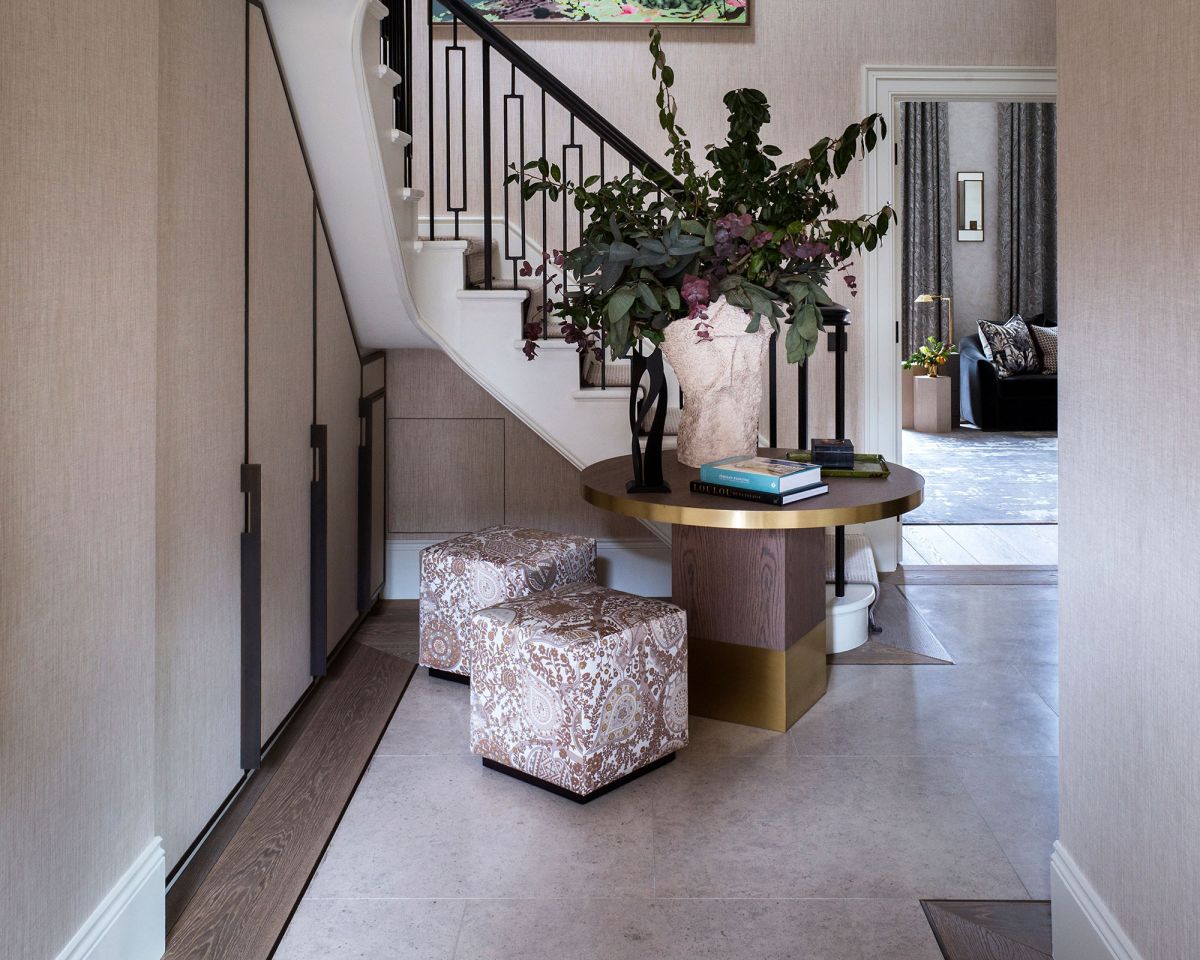
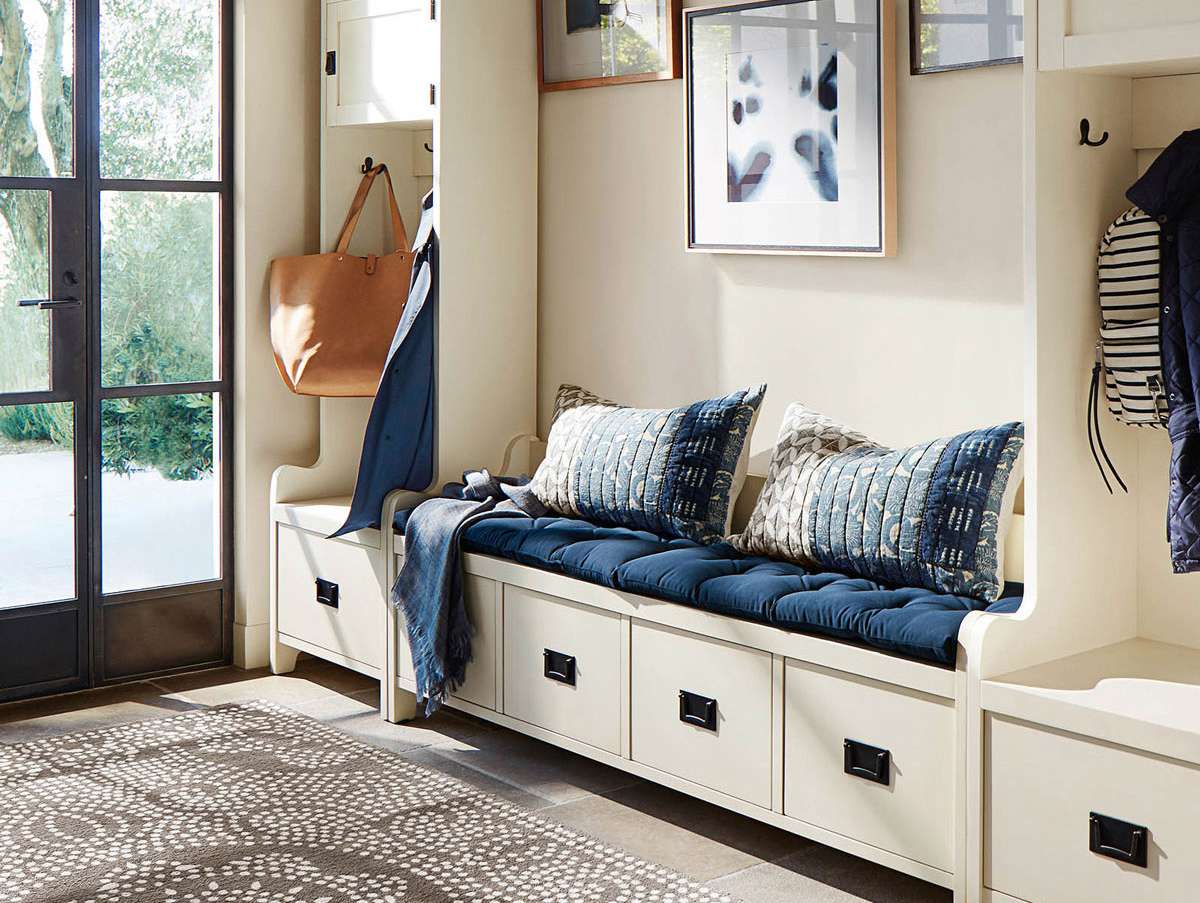
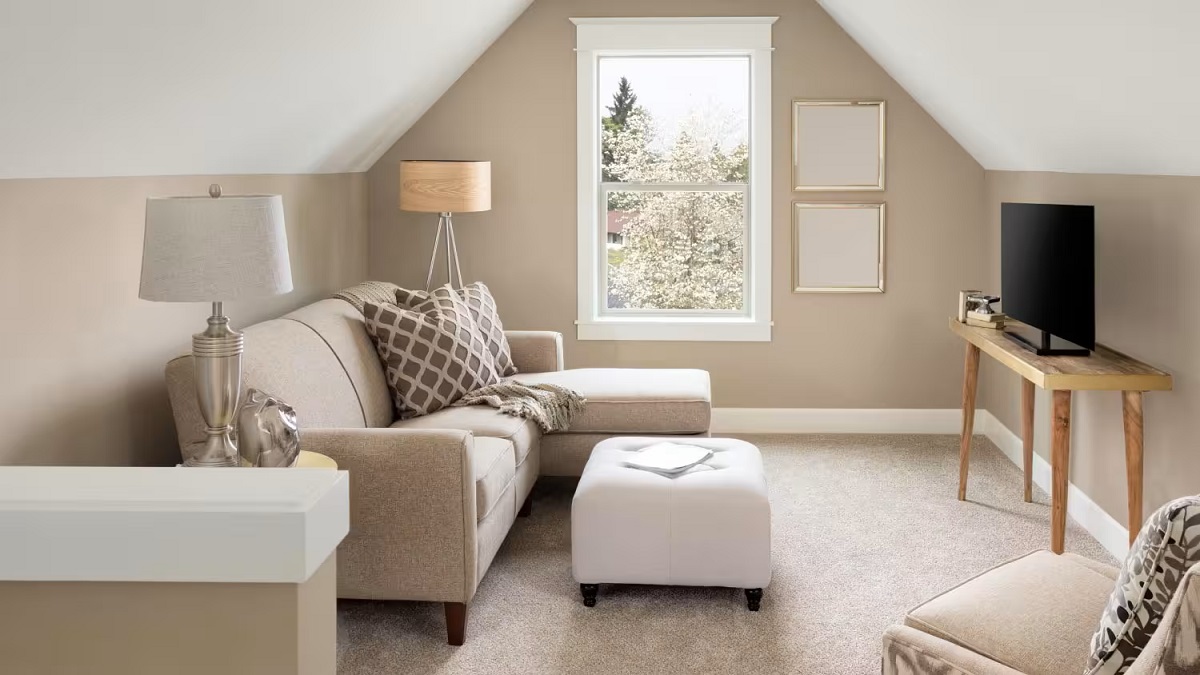
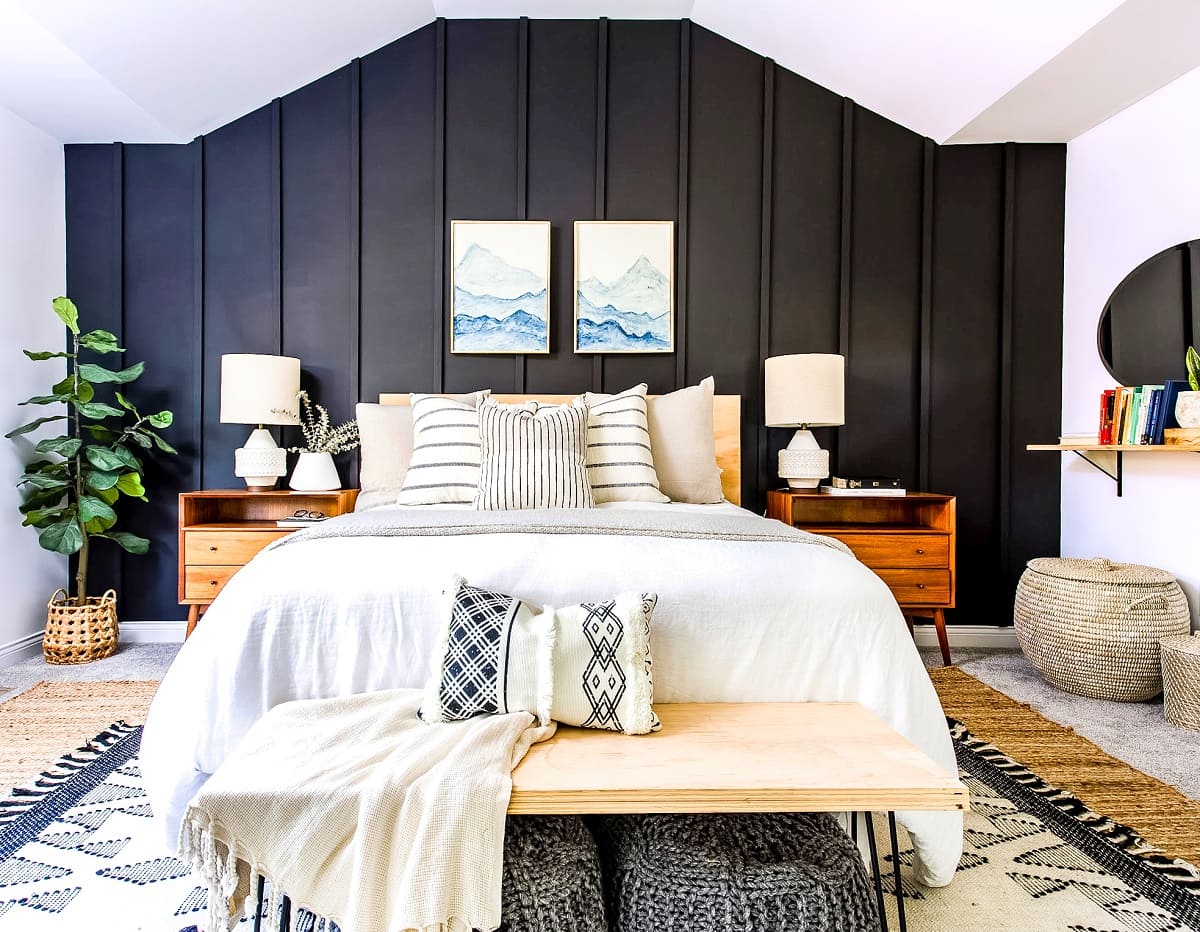
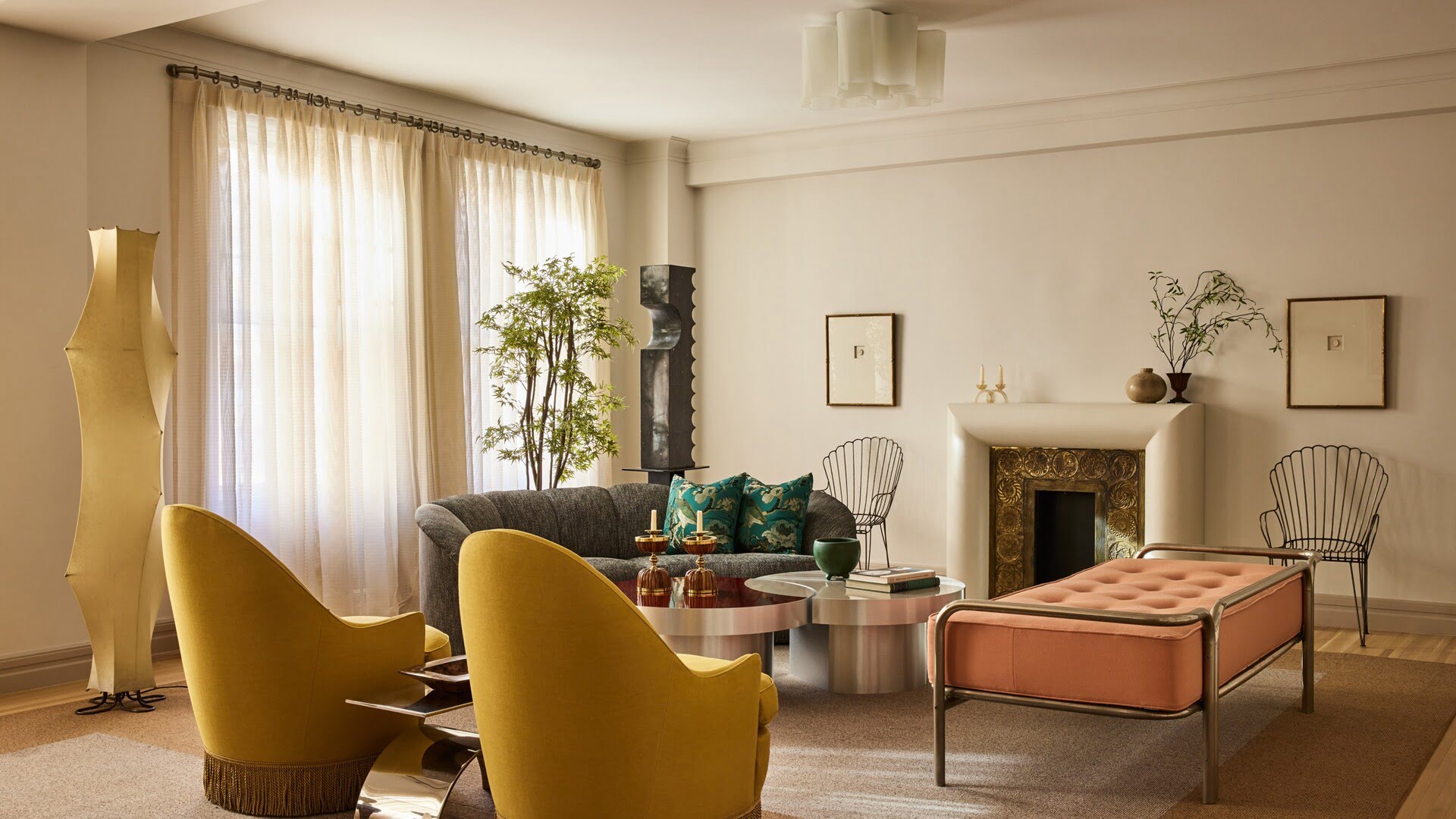
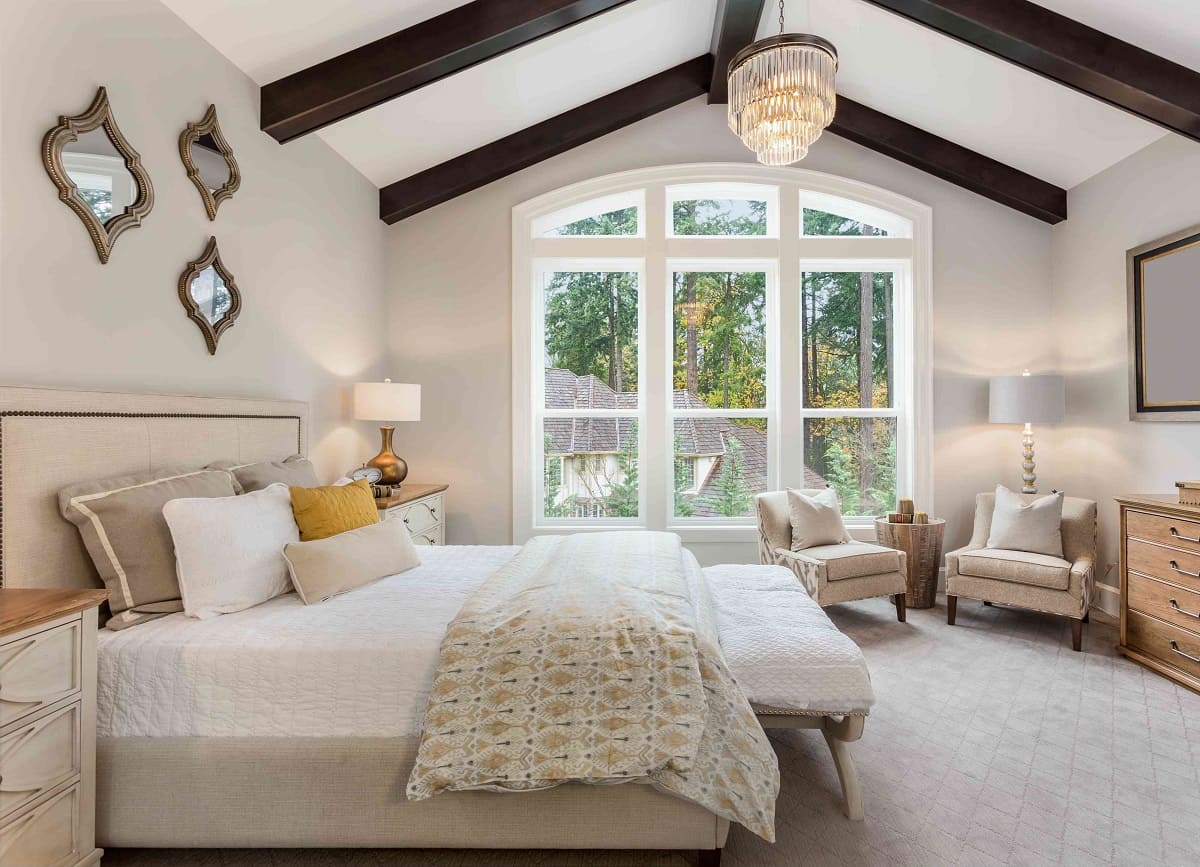
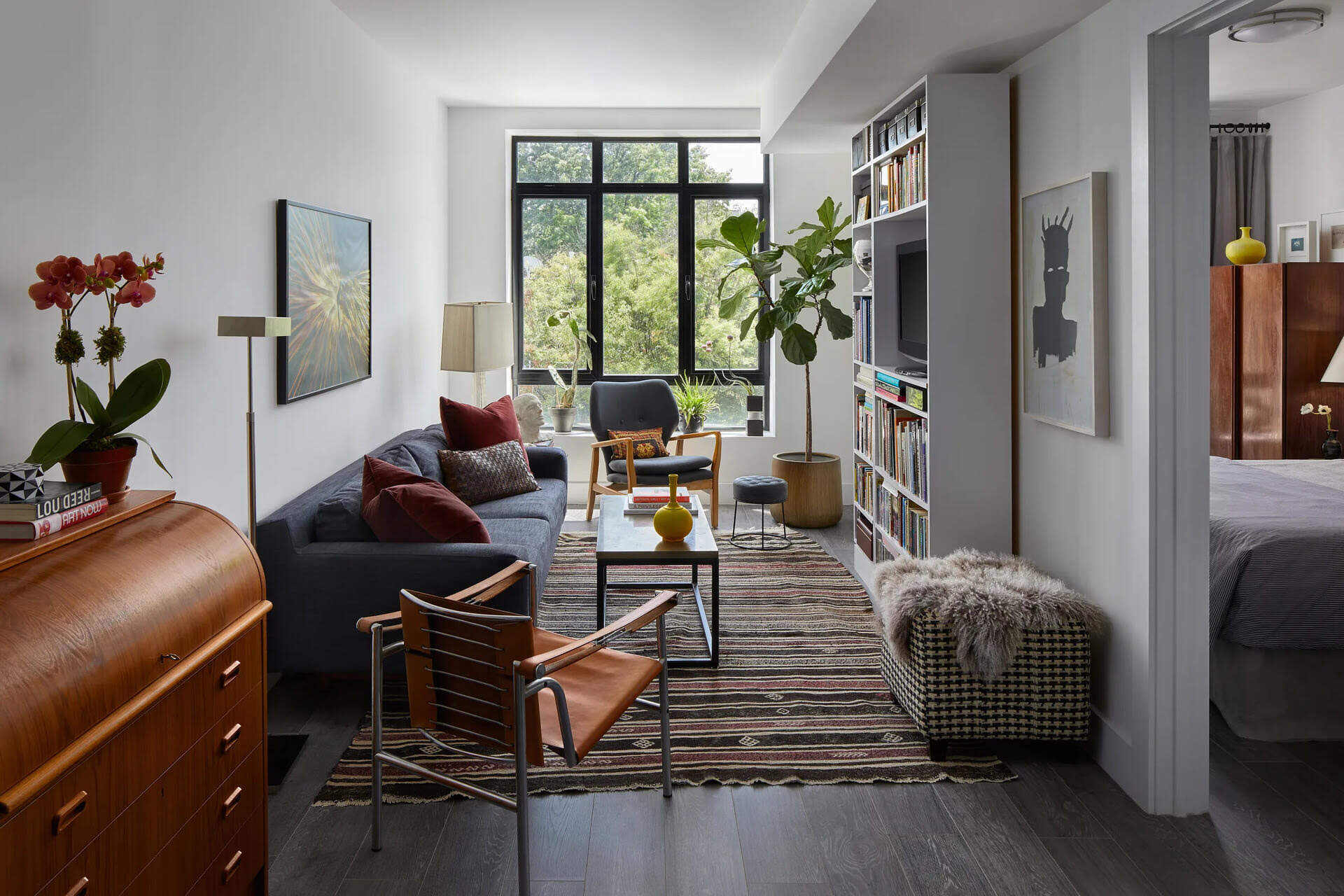
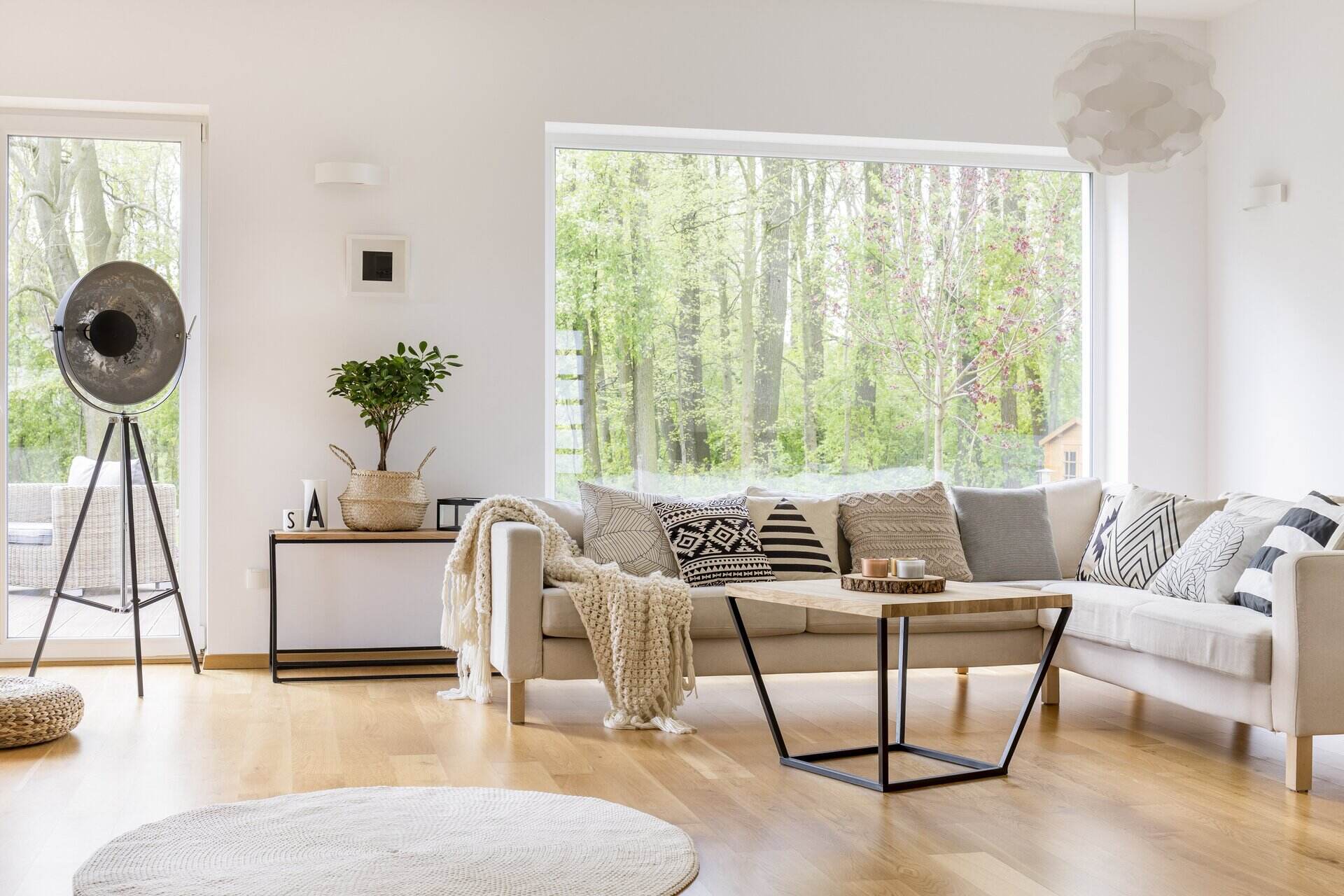
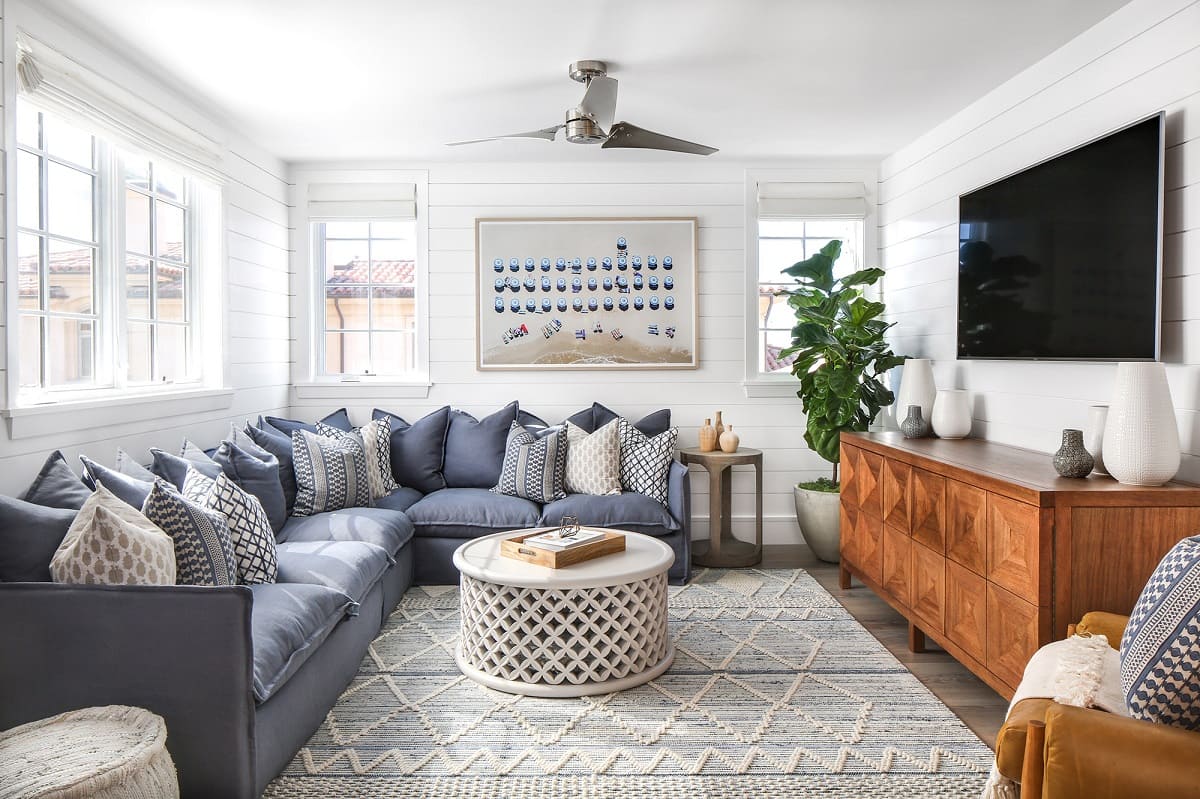
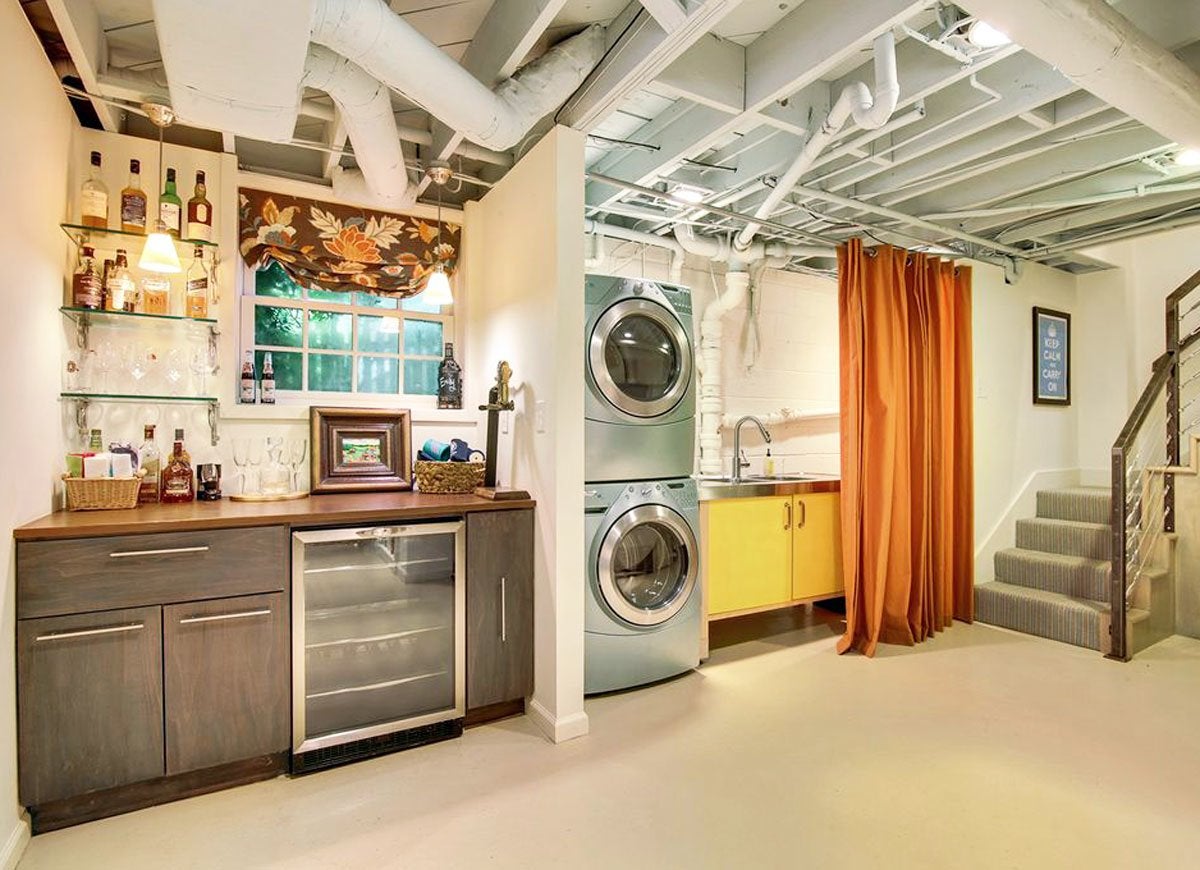
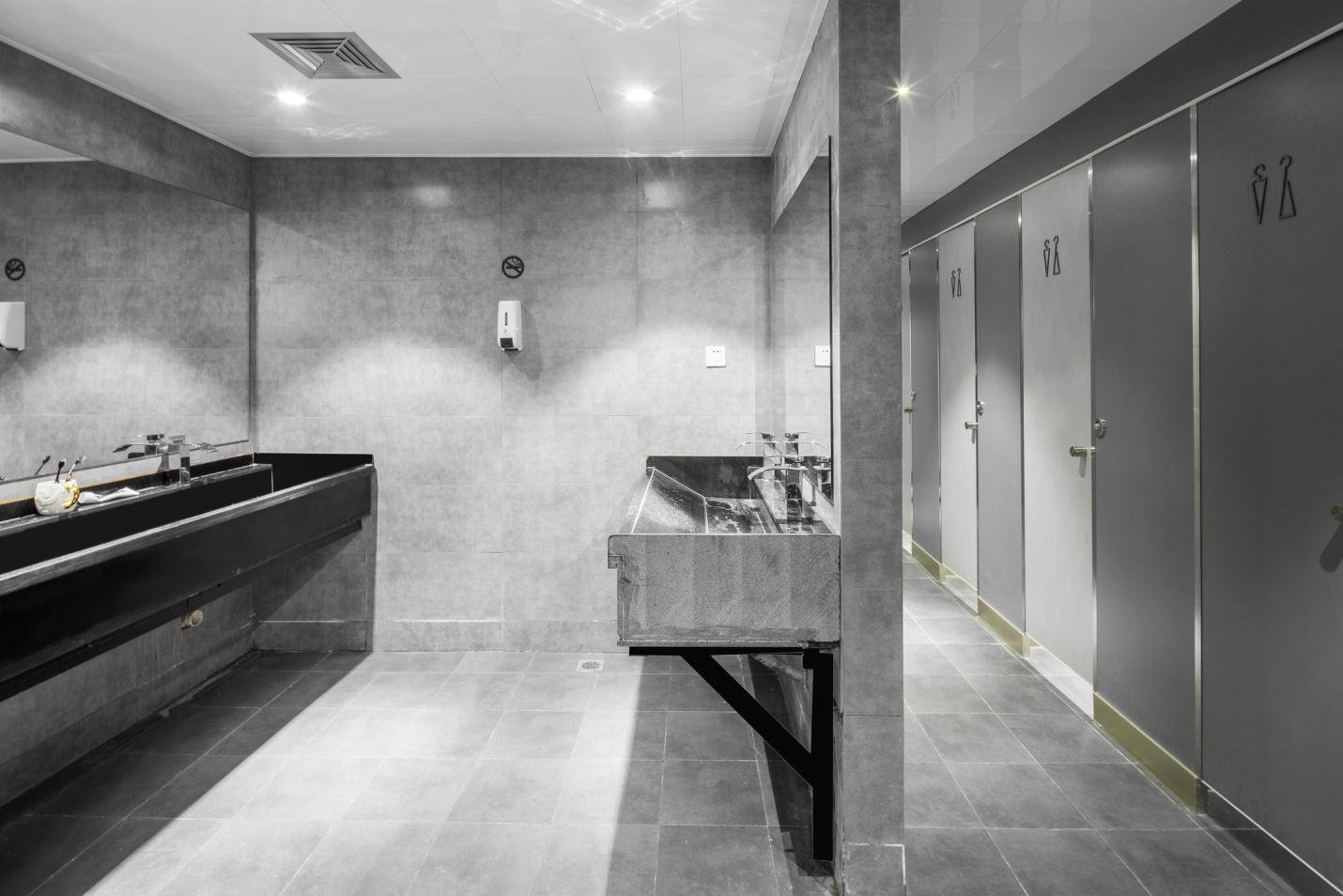
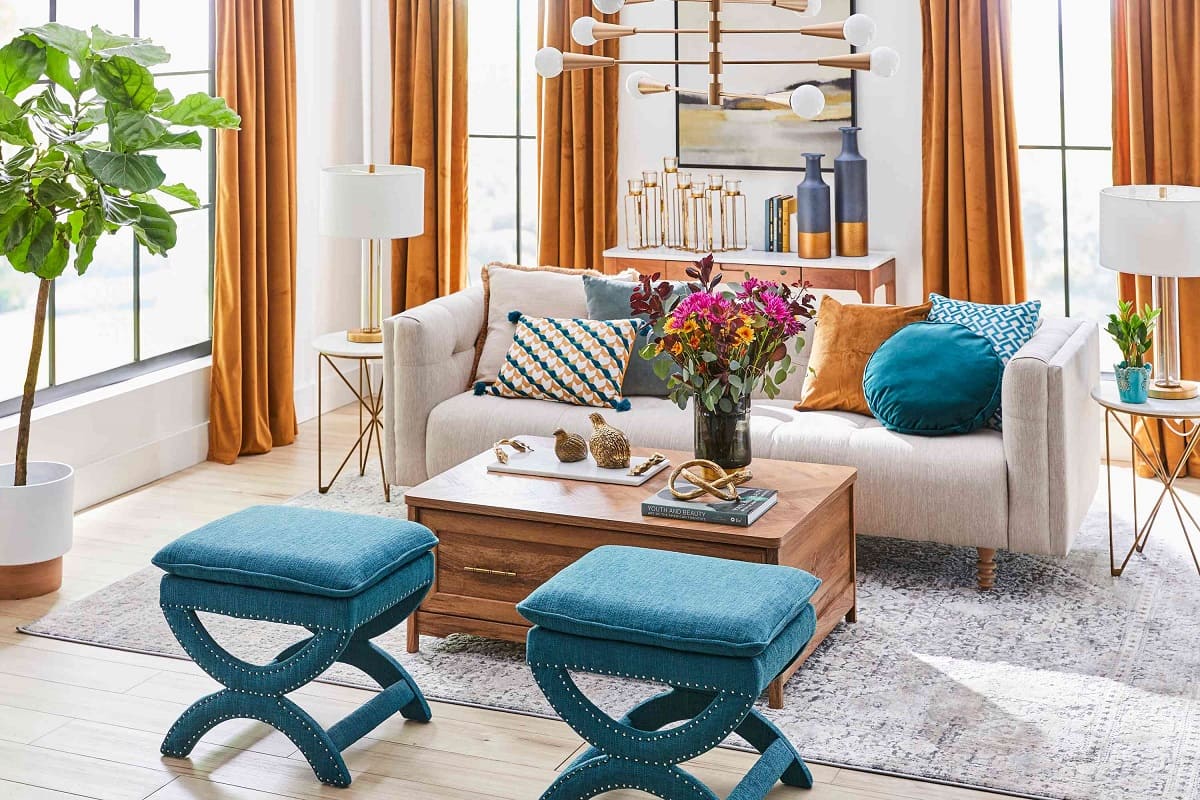
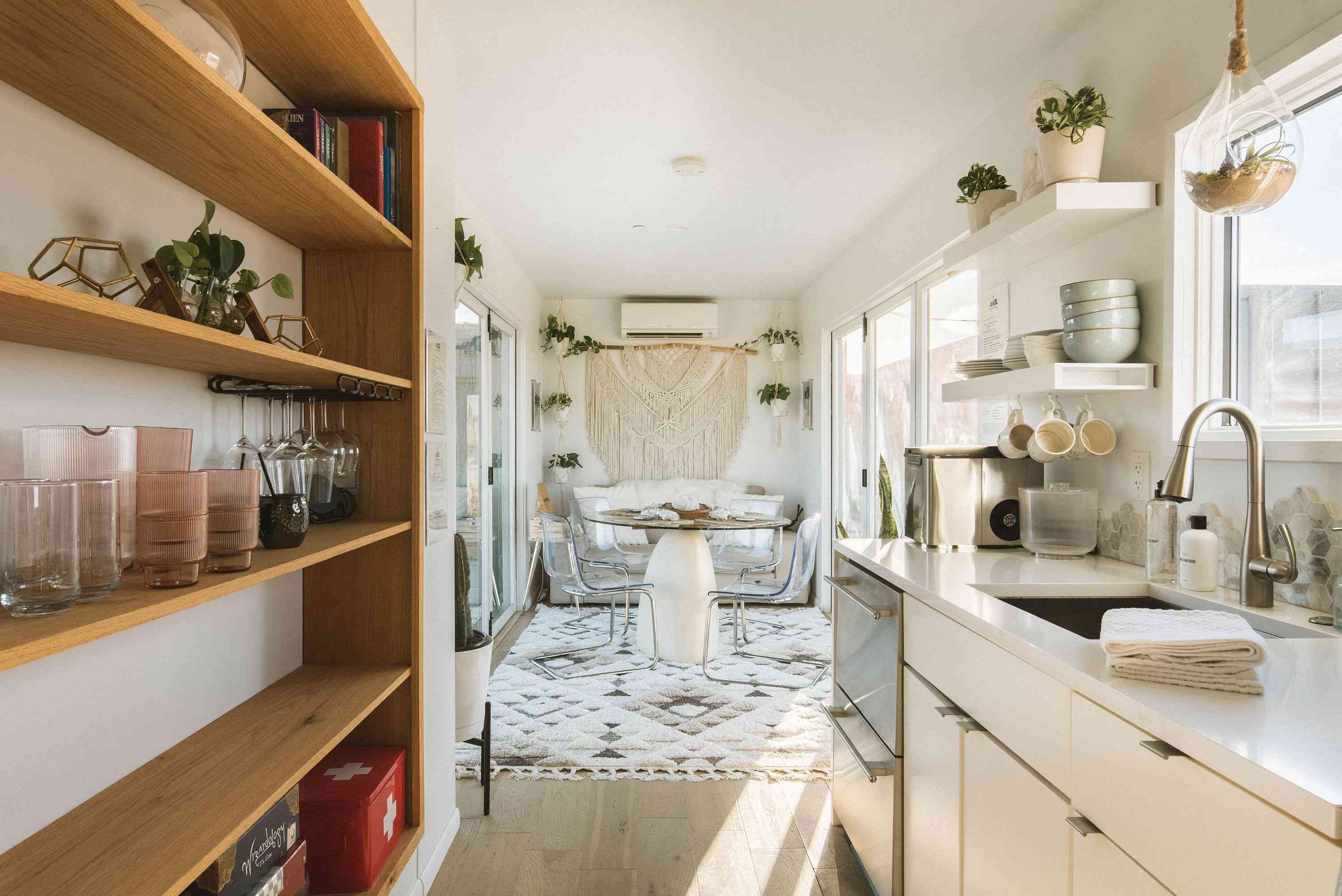

0 thoughts on “How To Make A Narrow Room Look Wider: 8 Tricks Designers Use”